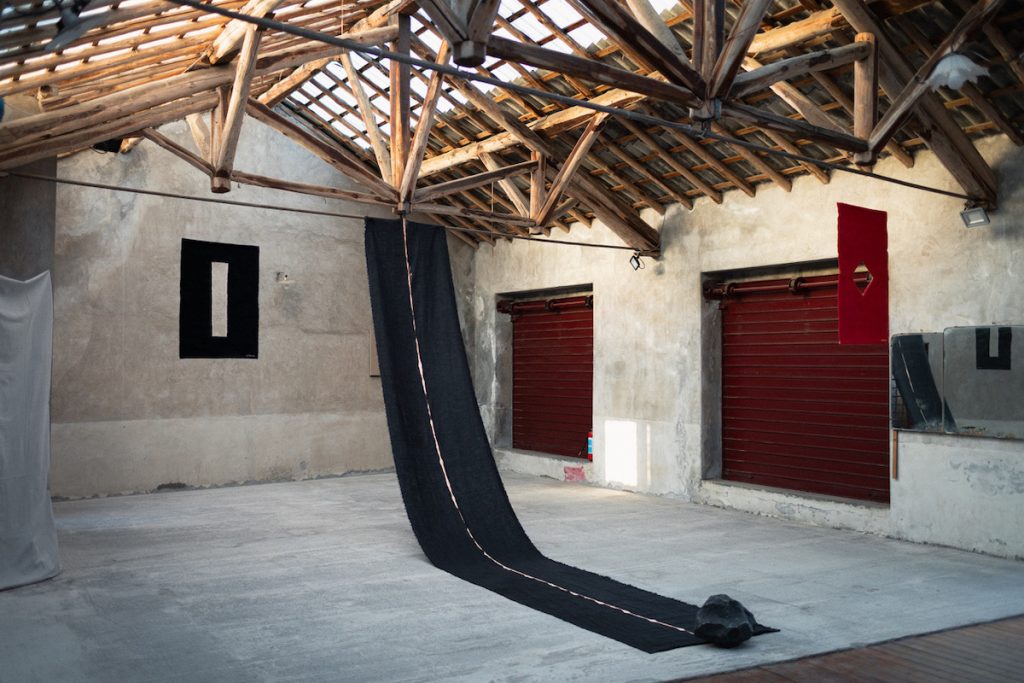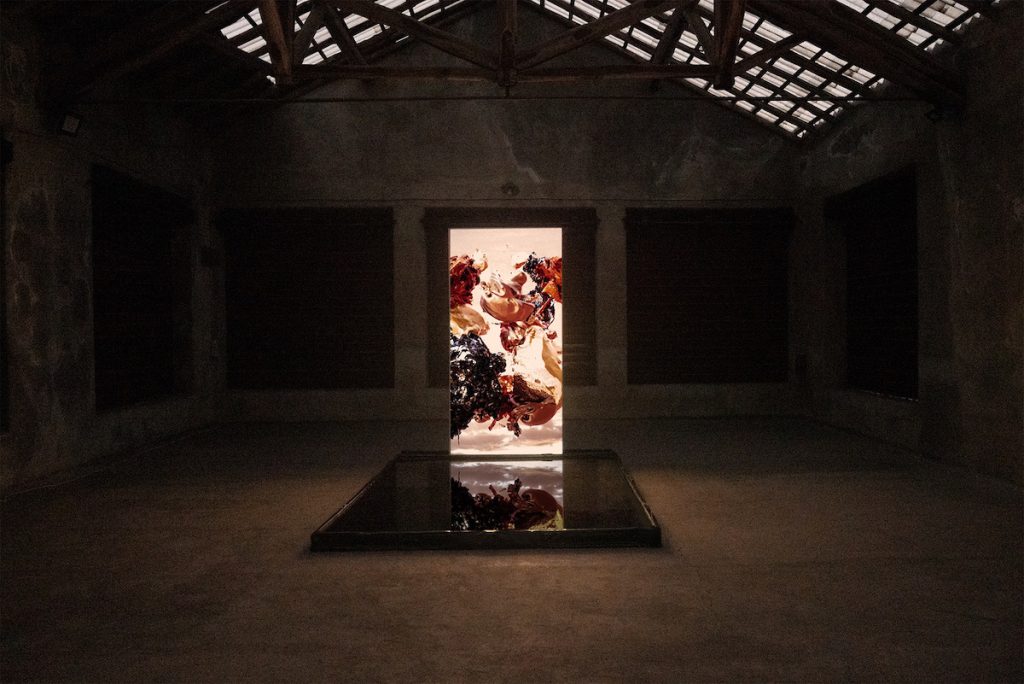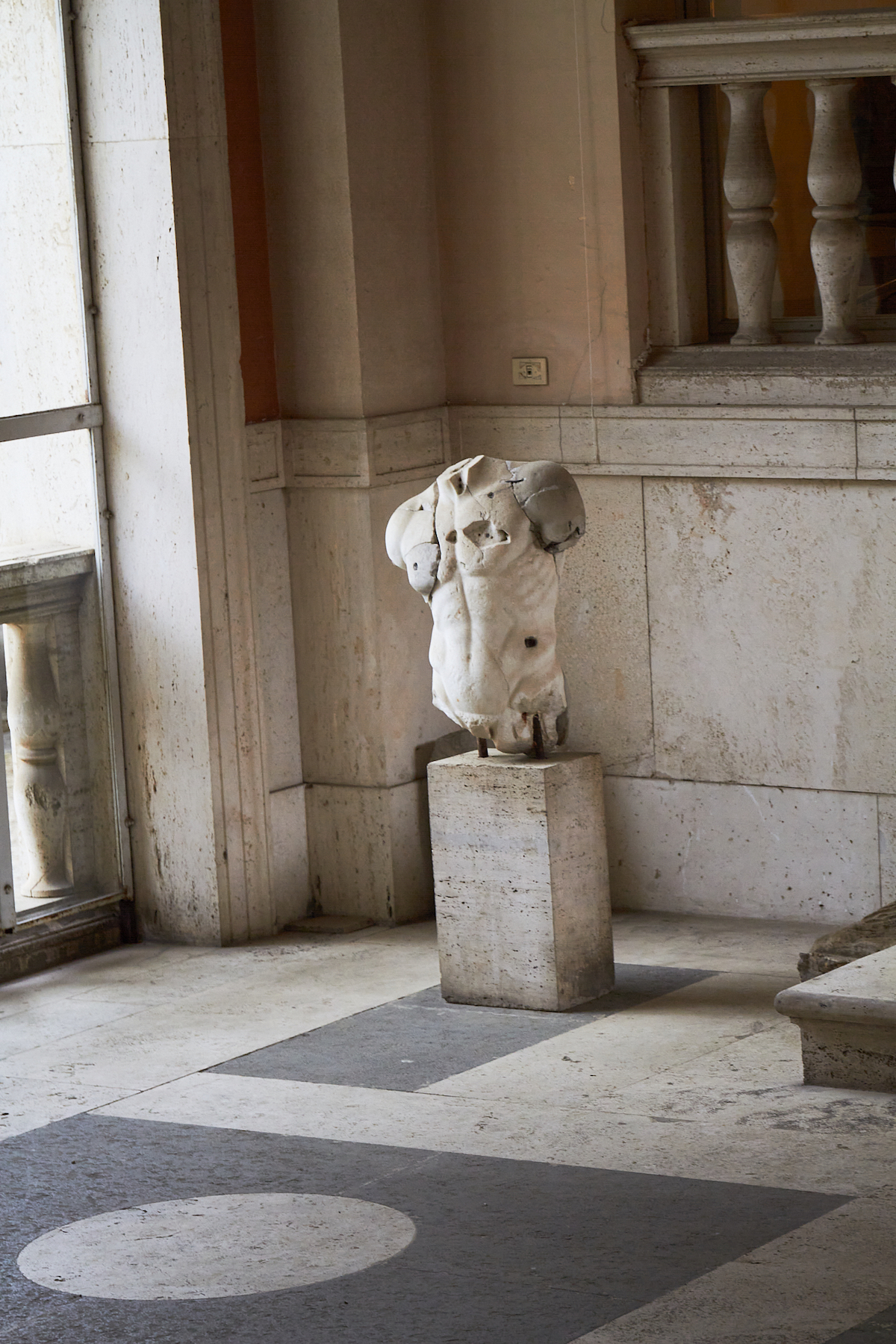In the heart of Europe, where Tuscan hills blush under fading afternoon sun, the ancient ruins of Rome whisper tales of empire and the volcanic shores of Sicily cradle the sea, artists from around the globe are descending on Italy’s storied landscape to take up residence in some of its most enchanted locales. Italy has long been an artistic muse, with many of history’s great painters and writers coming to drink deeply from its well of inspiration. Pablo Picasso’s 1917 trip to Rome seeking ideas for set and costume designs for the ballet “Parade”, a collaboration with the Ballets Russes impresario Serge Diaghilev, spurred a creative renewal for the Spanish artist. The city’s ruins and Renaissance masterpieces prompted a Neoclassical phase in his work, while meeting the ballet dancer Olga Khokhlova, who became his muse and first wife, changed his life. Georgia O’Keeffe, an avid traveller, visited Italy for inspiration in the 1950s. Salvador Dalí spent time in the country in the late 1930s, incorporating elements of classical art into his dreamlike Surrealist works. Claude Monet was so captivated by Venice’s light and architecture during his 1908 visit that he painted a series immortalising the city’s ethereal beauty. The tradition of travelling for artistic inspiration, of immersing oneself in new cultures and perspectives, has been vital not just to the development of art, but to the shaping of Western civilisation.
The Melbourne-based interdisciplinary artist Reko Rennie is known for his striking work that fuses urban expression with Indigenous cultural heritage. Rennie’s unique vision and extraordinary body of work earned him a coveted residency at the American Academy in Rome, an institution that has hosted such art world luminaries as Cy Twombly and Alex Katz. With its panoramic views from Janiculum Hill, the academy offers artists and scholars the opportunity to live and work within the Eternal City, surrounded by history and a dynamic contemporary art community.


When Rennie arrived at his loft studio at the academy in 2023, he had no idea how profoundly the experience would alter his creative process. One of the greatest luxuries afforded by the residency is time — the rarest of gifts for any artist — to think, sketch, write, create and refine. During this period, Rennie secured a monumental sculpture commission for the Museum of Contemporary Art Australia (MCA) in Sydney. Reflecting on how the experience shaped this work, Rennie cites sourcing marble from the same quarry that supplied the stone for Michelangelo’s “David” and meeting with the family who run the quarry — a connection to history that Rennie says was humbling, awe-inspiring and could only have happened in Rome. “We don’t have that type of marble in Australia,” he says.
“The idea was that I was to research marble techniques and visit a couple of the quarries in northern Italy, looking at the various techniques and styles of marble carving and statues and artworks primarily around that Renaissance period,” he continues. Rennie wasn’t studying any particular artist or artisan. Rather, “it was more the techniques over time, and then looking at architecture as well”, he says. “Being at the American Academy, I was exposed to all these academics and intellectuals as well as artists. I met professors of history and art history from Princeton and Harvard and other massive academic institutions.” Rennie befriended several of the academics, accompanying them on research trips to study 16th-century churches and artefacts. “I visited a little monastery that’s been hidden away on a hill and saw the layers of how Rome was built up over millennia,” Rennie recalls. “You could see all these different layers, which was really interesting in terms of the marble applications and how some early marble was pilfered and taken from other communities and other cultures. I found that really interesting as a First Nations artist.”
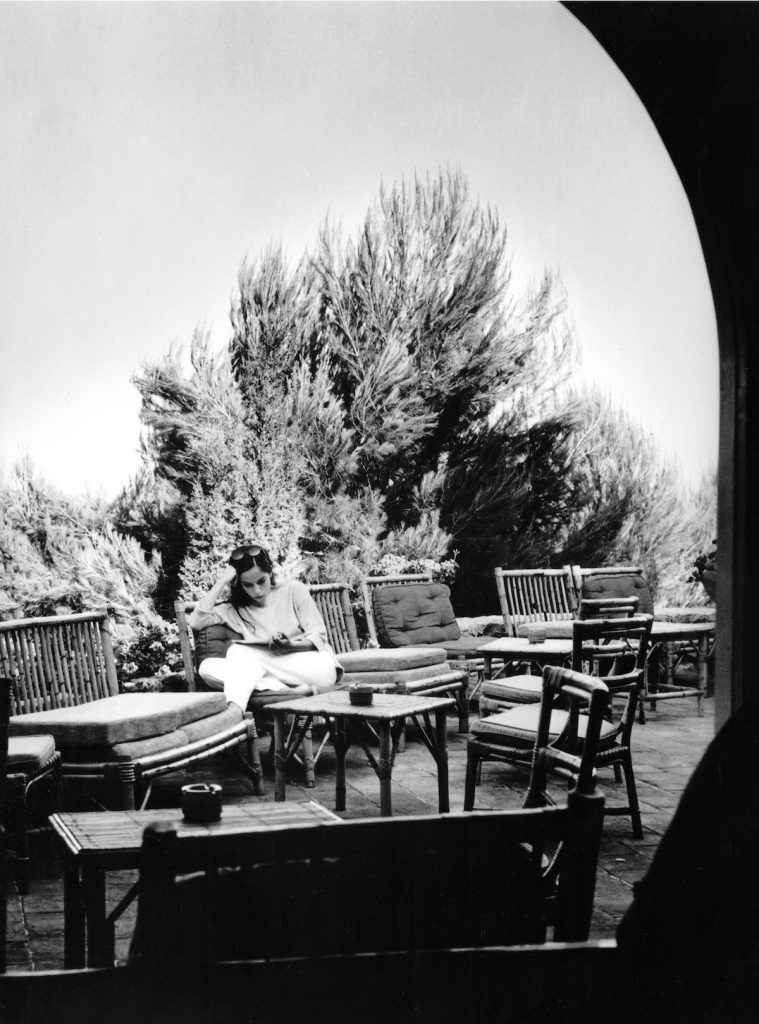
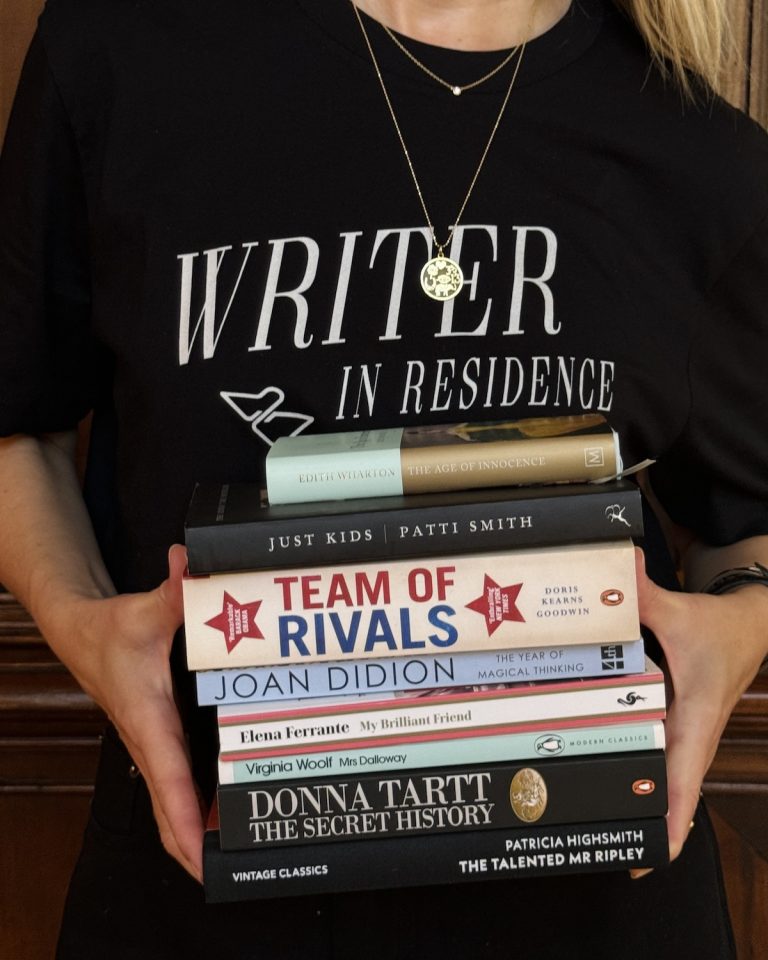
Rennie says the residency gave him “an opportunity to get away from a lot of things and really work on something so large and so interesting” as the MCA commission. “I found it hugely beneficial,” he says. The monumental marble piece that Rennie worked on while in residence at the academy is titled “Remember Us”. The artist statement describes the work as: “a memorial to Aboriginal people who have died in police custody since the Royal Commission into Aboriginal Deaths in Custody final report was submitted in 1991. Since that report little has changed, and the number of deaths continue to rise. This is a national and international travesty of justice. Words fail such violations of human rights. Numbers speak volumes. Those who are no longer here to speak deserve to be remembered, have their cases heard, and the results actioned.”
For this bold artist, the residency was more than a creative escape; it was a transformative journey he credits with shifting his practice and inspiring him to embrace more of an international dialogue in his work, broadening his creative ideas and mediums as he continues to captivate global audiences.
Two hours’ drive north of Rome, perched on rugged cliffs above the Tyrrhenian Sea, is Hotel Il Pellicano, founded in 1950 and one of Italy’s most fabled hotels. It’s also the site of the Writers’ Room, a creative retreat unlike any other. Laura Brown, the celebrated Australian writer and editor known for her sharp wit, and Kristina O’Neill, the writer, editor and head of media at Sotheby’s, were the first residents of the Writers’ Room late last year as Brown and O’Neill collaborated on their forthcoming book, “All the Cool Girls Get Fired” (Gallery Books). The residency draws inspiration from the spectacular scenery and the history of the hotel, a longtime hangout for the likes of Charlie Chaplin, Henry Fonda, the Italian industrialist Gianni Agnelli and the fashion legend Emilio Pucci.
The Writers’ Room project aims to give writers space to cultivate their creativity while contributing to the cultural fabric of the hotel. Departing writers help select the next residents and leave the hotel with a reading list for future guests and other writers. Says the CEO and creative director of Pellicano Hotels, Marie-Louise Sciò: “This project is born from our deep love for art, culture and storytelling. Hotel Il Pellicano has always been a haven for artists seeking inspiration, so it felt natural to begin this residency there. It’s a space where luxury, culture and creativity beautifully intersect, sparking fresh ideas and unique voices. With this initiative, we hope to build a legacy as champions of artistic exploration and a source of timeless creativity.”

No trip to Italy would be complete without a visit to Sicily; as the author Gabriel García Márquez opined, “Going to Sicily is better than going to the moon.” The island is where we find SARP: Sicily Artist in Residence Program. Launched in 2019 by the social entrepreneur Maria Puglisi and her son Alfio Puglisi inside a once-dilapidated hazelnut warehouse in Linguaglossa, on the island’s east coast, the SARP art residency and gallery has become a hub for contemporary art and culture. The program grants artists access to studios, exhibition spaces and a library, mentorships and a unique opportunity to immerse themselves in the landscape around Mount Etna. Through its residencies, SARP fosters a deeper understanding of visual art, encouraging artists to examine how the environment shapes perception of human relationships.
The 2024 residency program featured two especially exciting international artists: Francesco Coppola, a Chinese-Italian digital artist and researcher based in London, and Antonio Rinaldi, a performing artist and choreographer from Melbourne. The mesmerising Carolina Mazzolari presented her exhibition “Don’t Look Back, Orpheus”, a reimagining of the ancient Greek myth of Orpheus, the God of Music. (Mazzolari’s work is on view in the exhibition “Women & Freud: Patients, Pioneers, Artists” at the Freud Museum London until May 2025). The British visual artist Ben Cullen Williams showed “Down From the Summit”, a powerful visual reflection on his residency in Linguaglossa. Inspired by the July 2024 eruption of Etna, the artist climbed to the crater and used a thermal camera to capture infrared radiation from both the volcanic activity and his own body. The resulting series of thermal images, printed on dyed canvas, explores new ways of perceiving the world and challenges traditional notions of painting. The 2025 program embraces a diverse range of artistic languages, from painting and sculpture to site-specific installations, public art and more across the island. The contemporary painter and digital artist André Hemer will return to SARP for the European spring to explore the “phenomenological environment” of Mount Etna and the coastline of the Ionian Sea “using digital captures of the area to develop a series of video works and paintings” to be exhibited in 2025–2026.
Artist residencies such as these offer a rare opportunity for cultural exchange and immersion, not just in bucolic beauty but in a living, breathing dialogue between the past and present. Within this tradition, today’s artist residency programs perform a similar function as those historical artist journeys to Italy, blending the pursuit of knowledge with the thrill of discovery, and offering artists the space to grow, reflect and, ultimately, create. They remind us that art, much like travel itself, is a journey of the mind, heart and soul.
